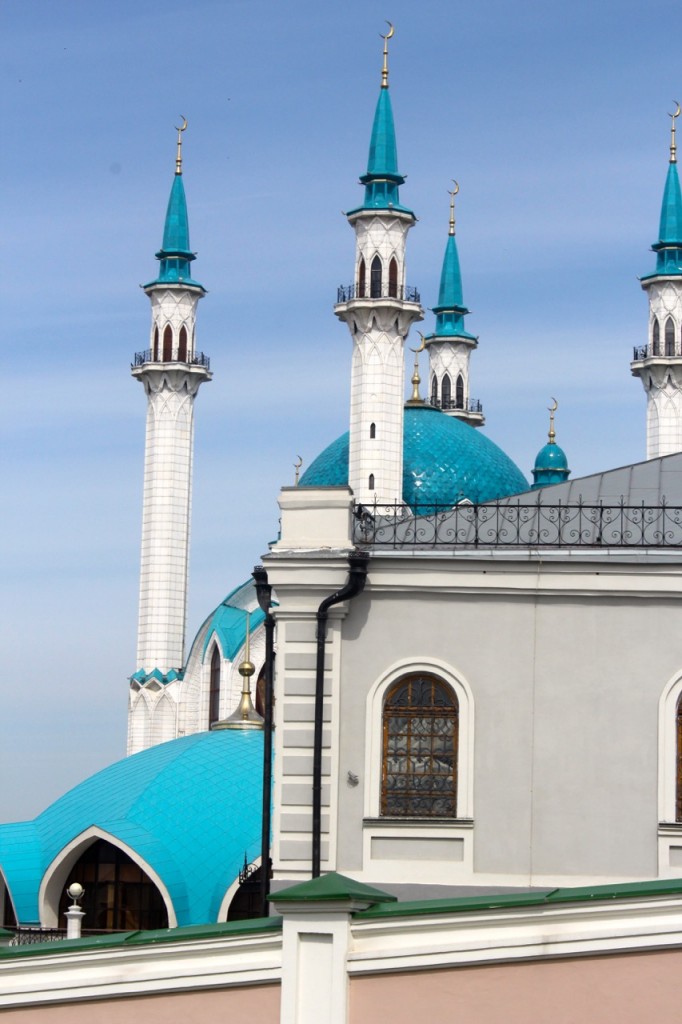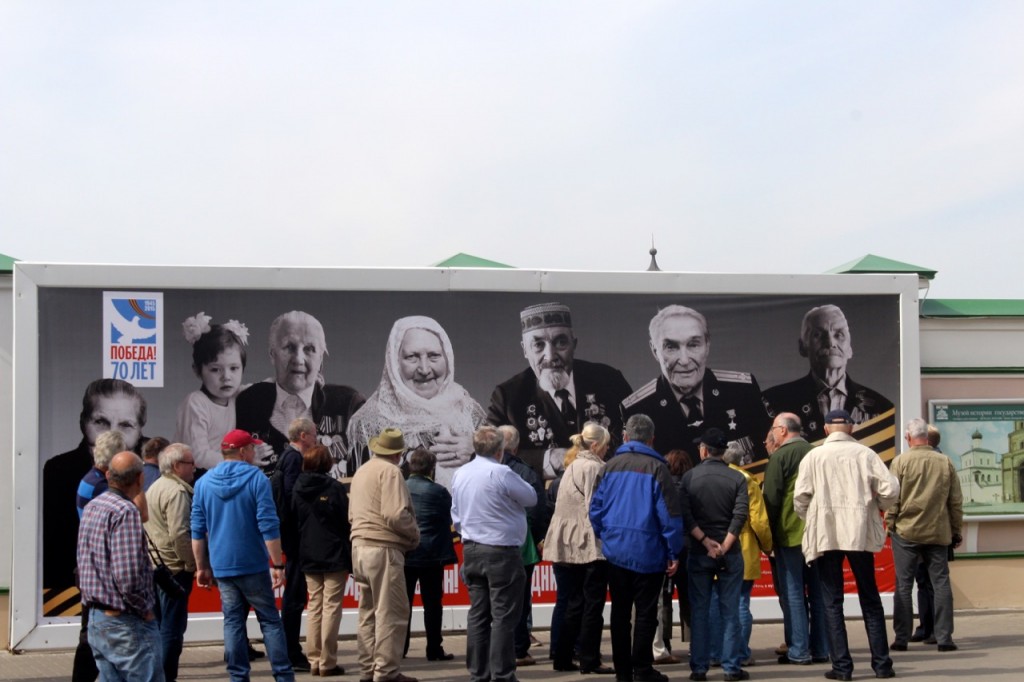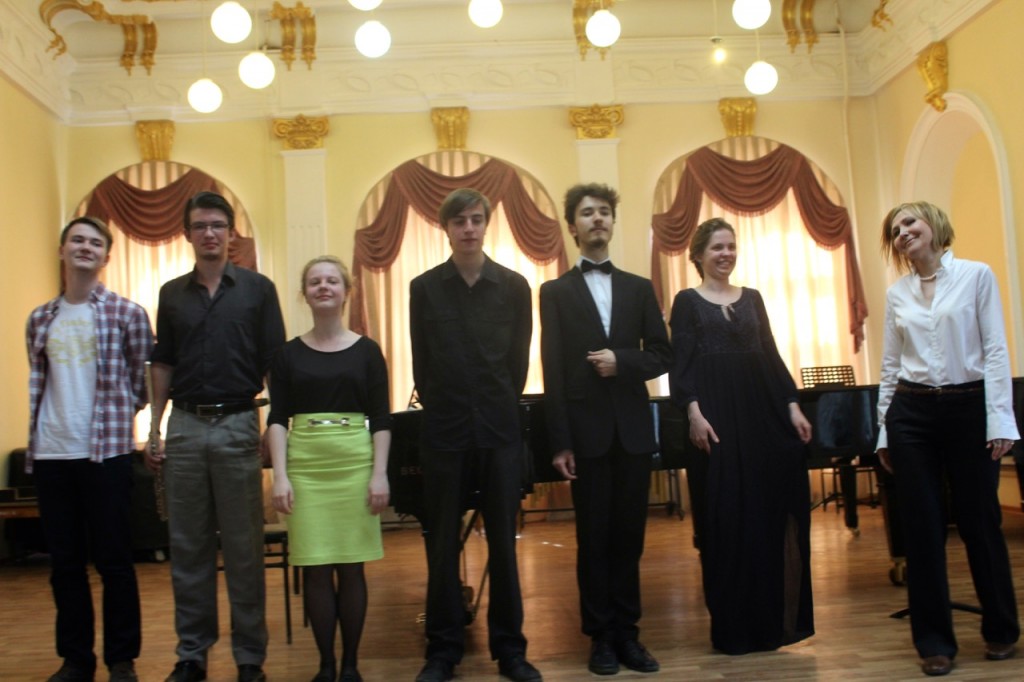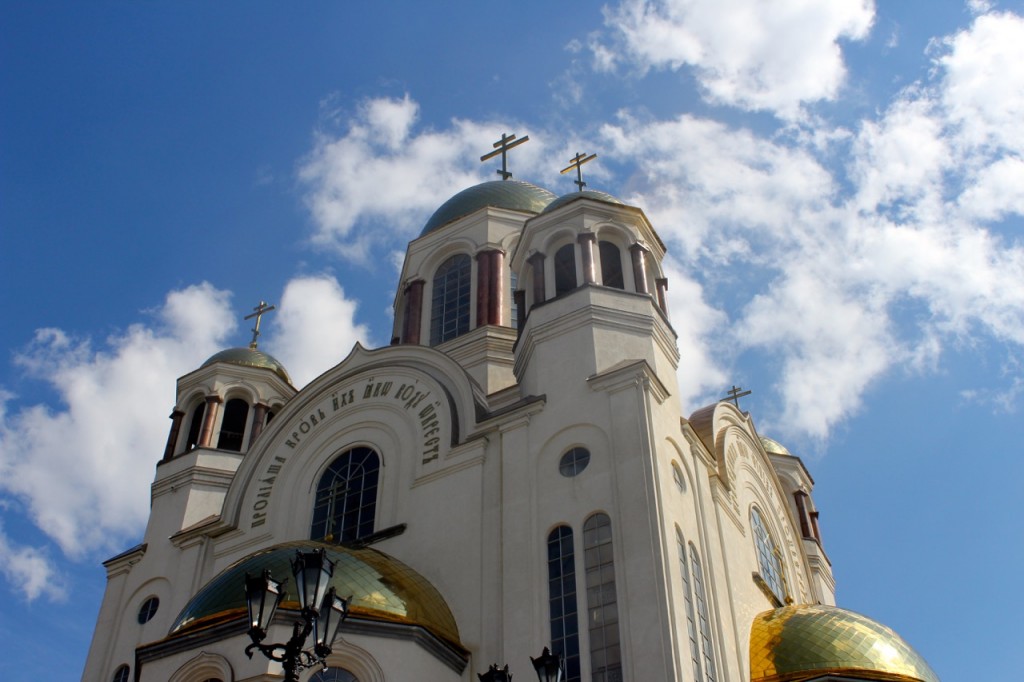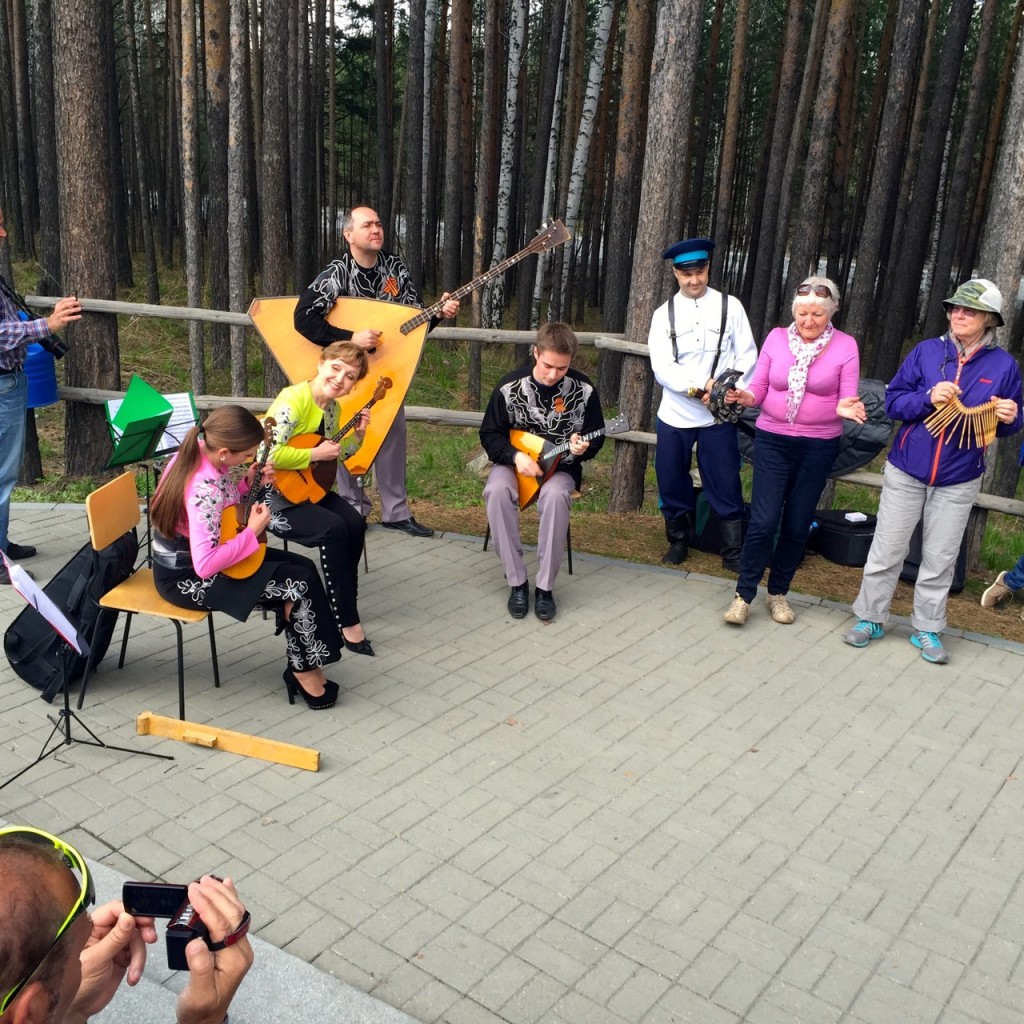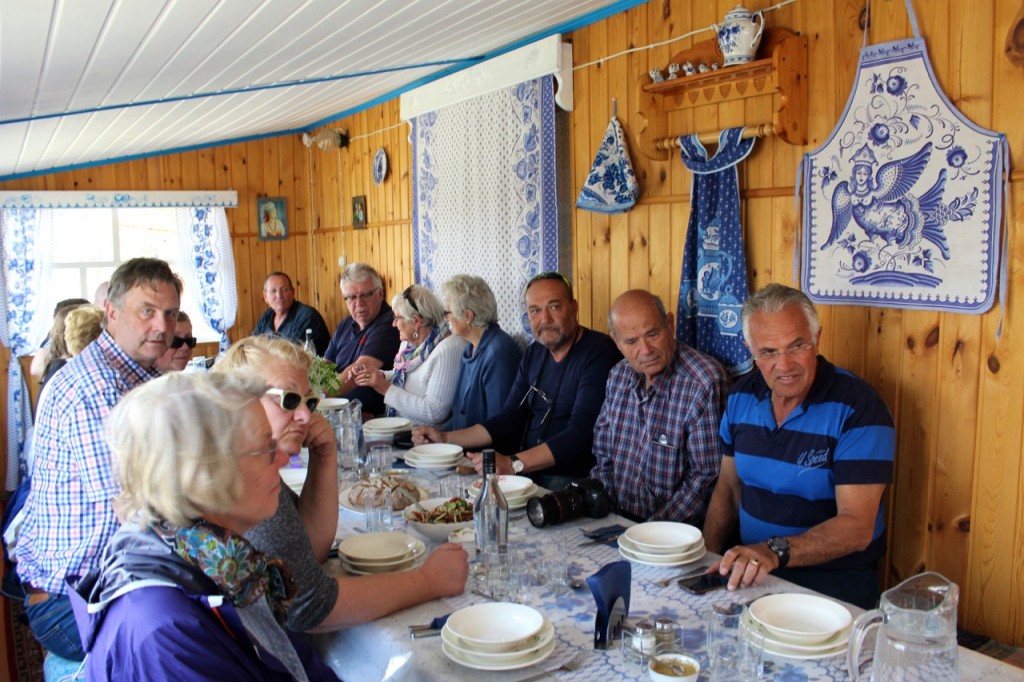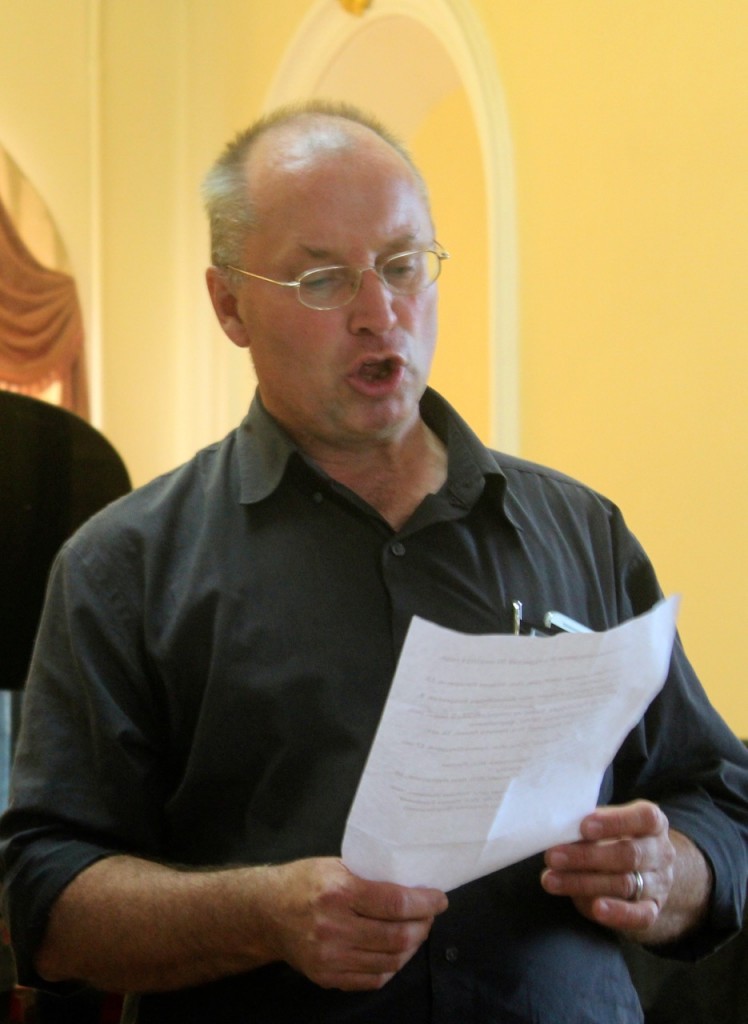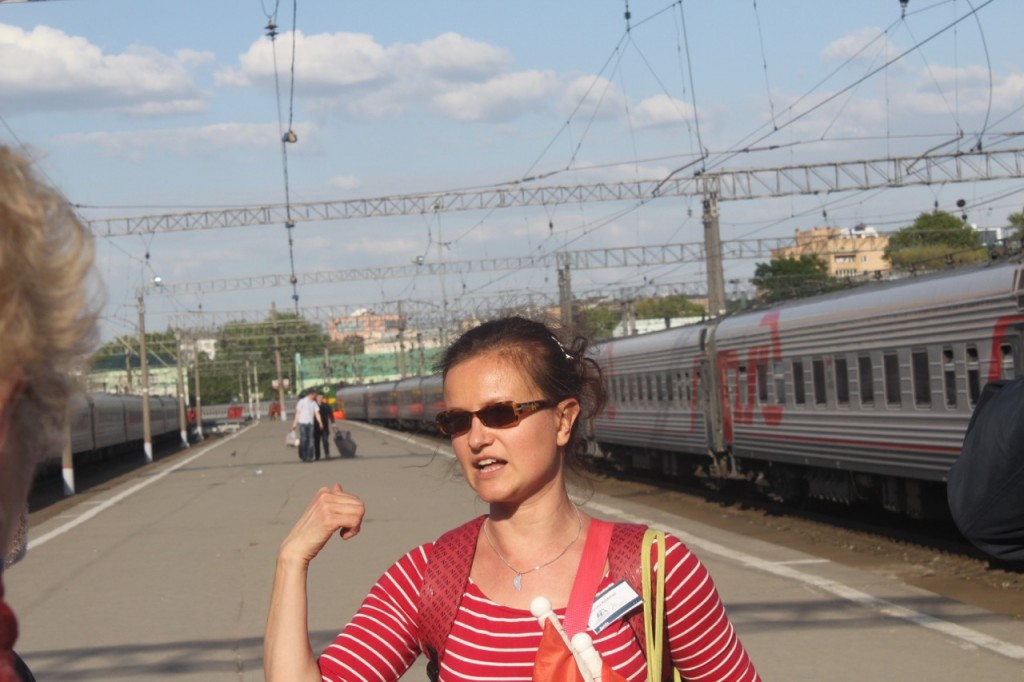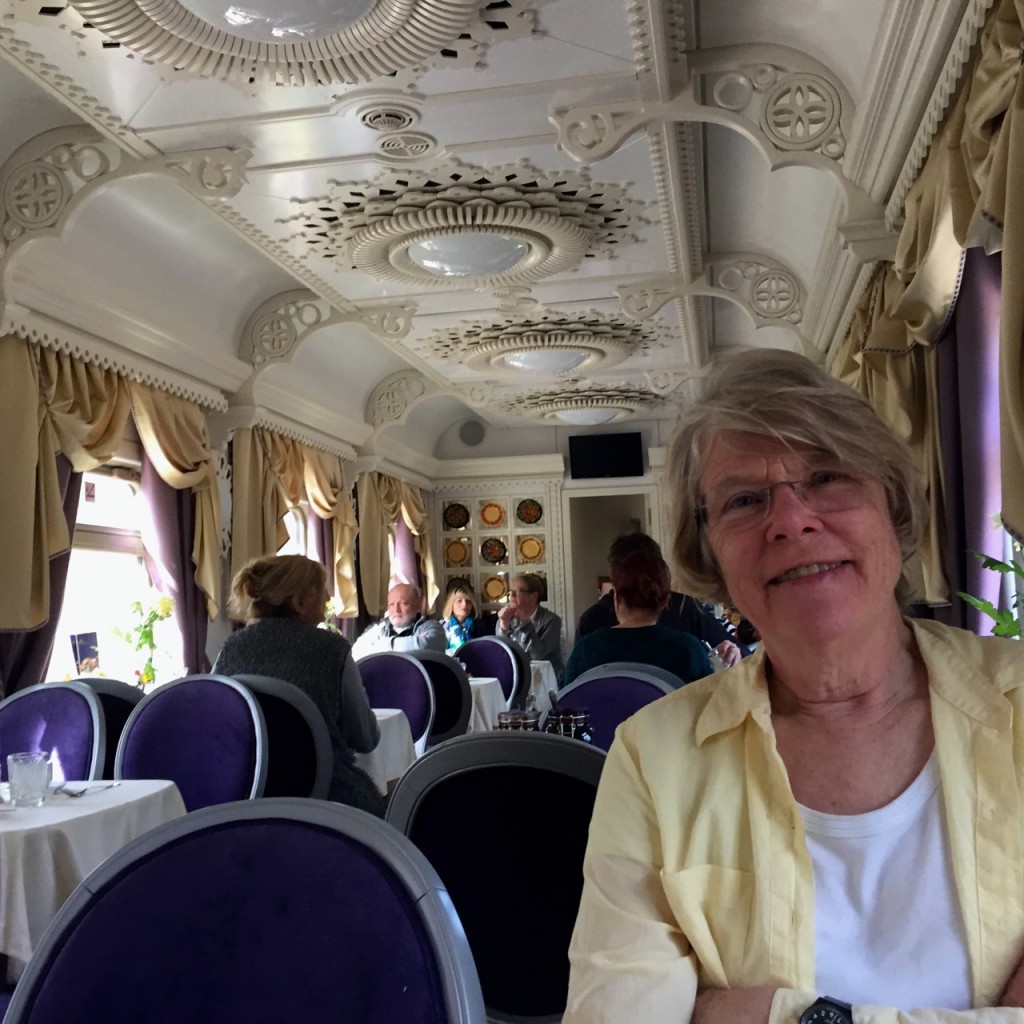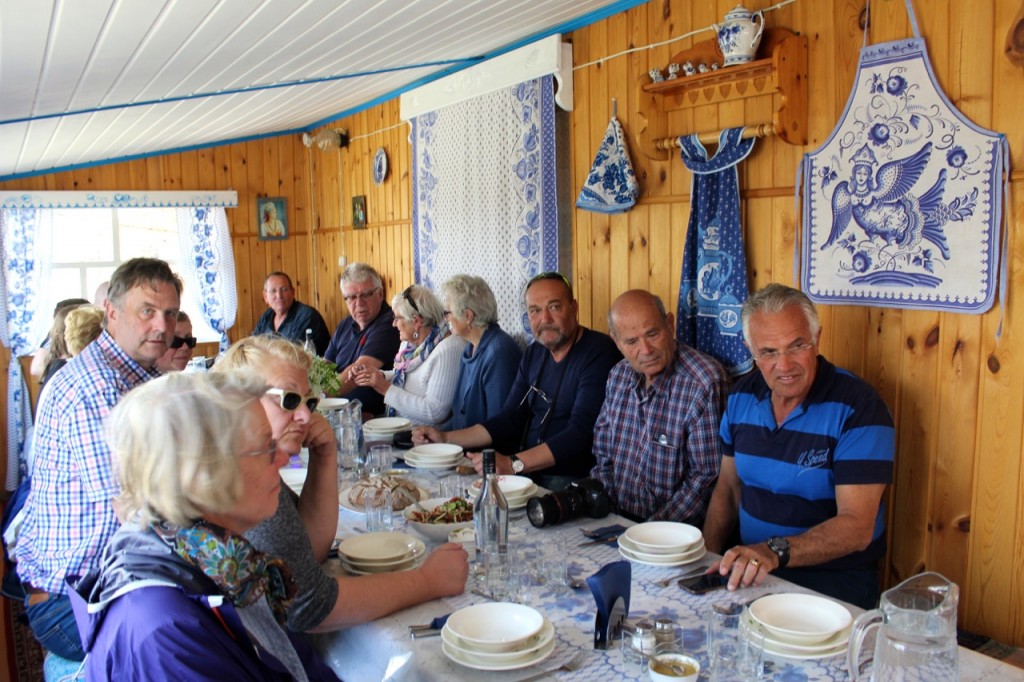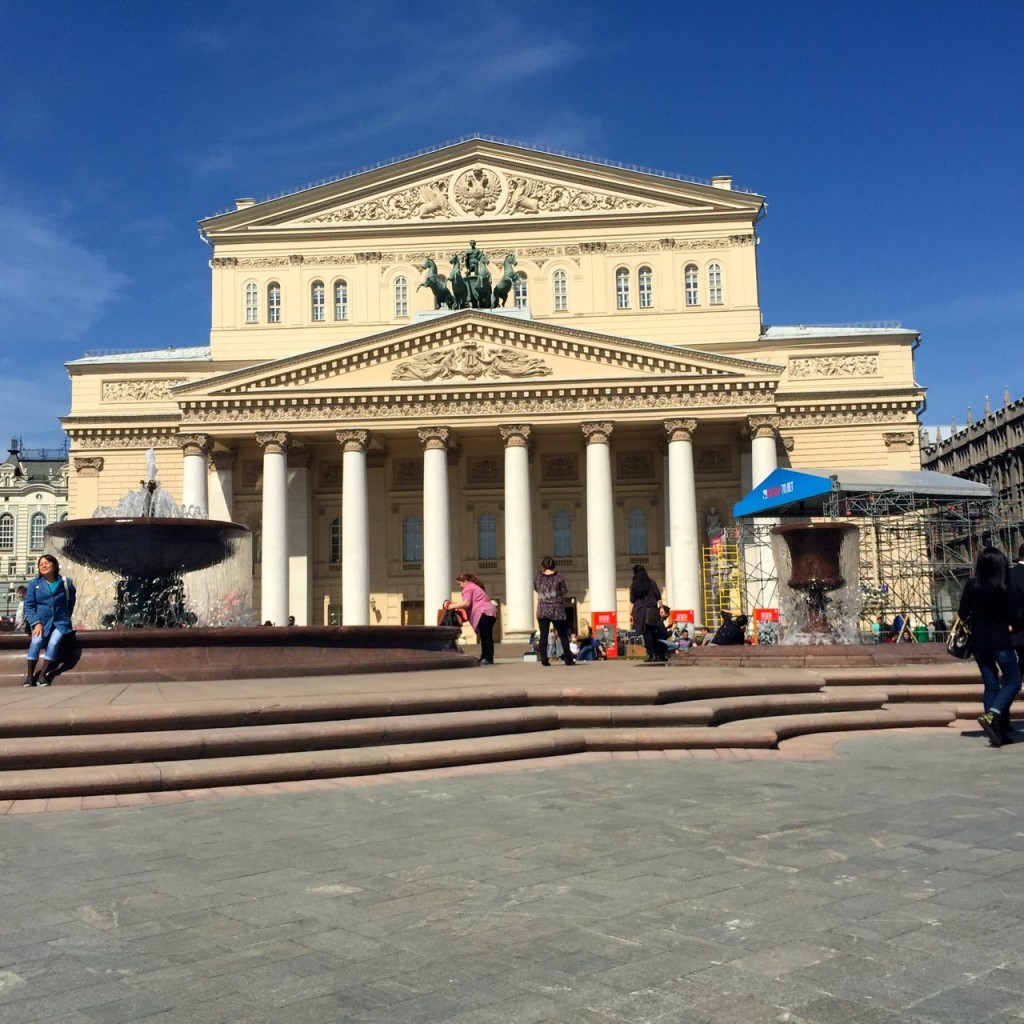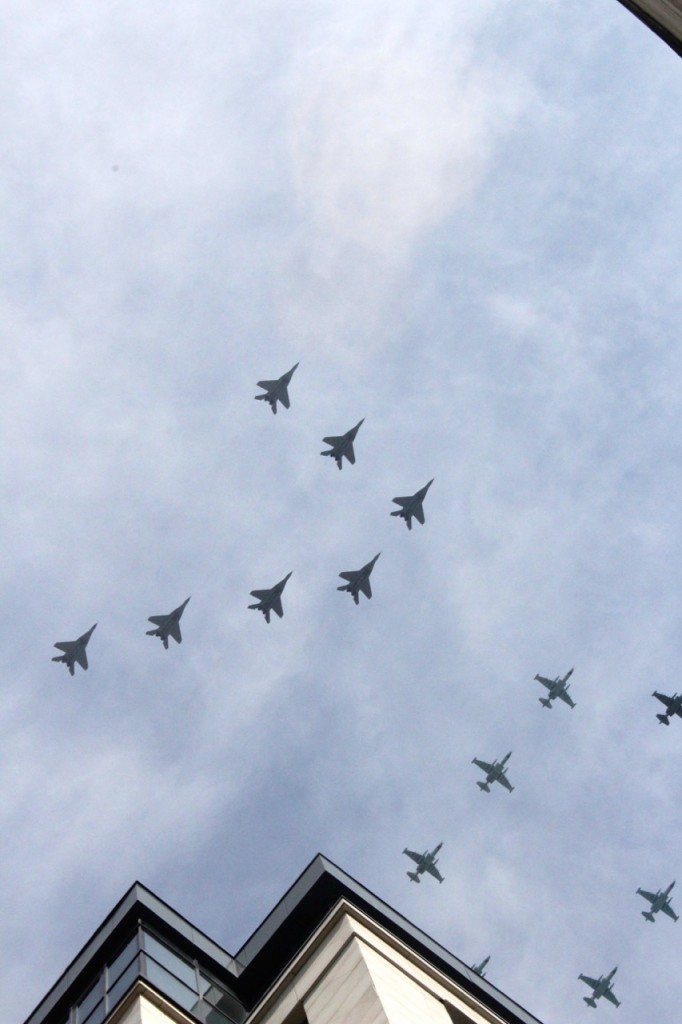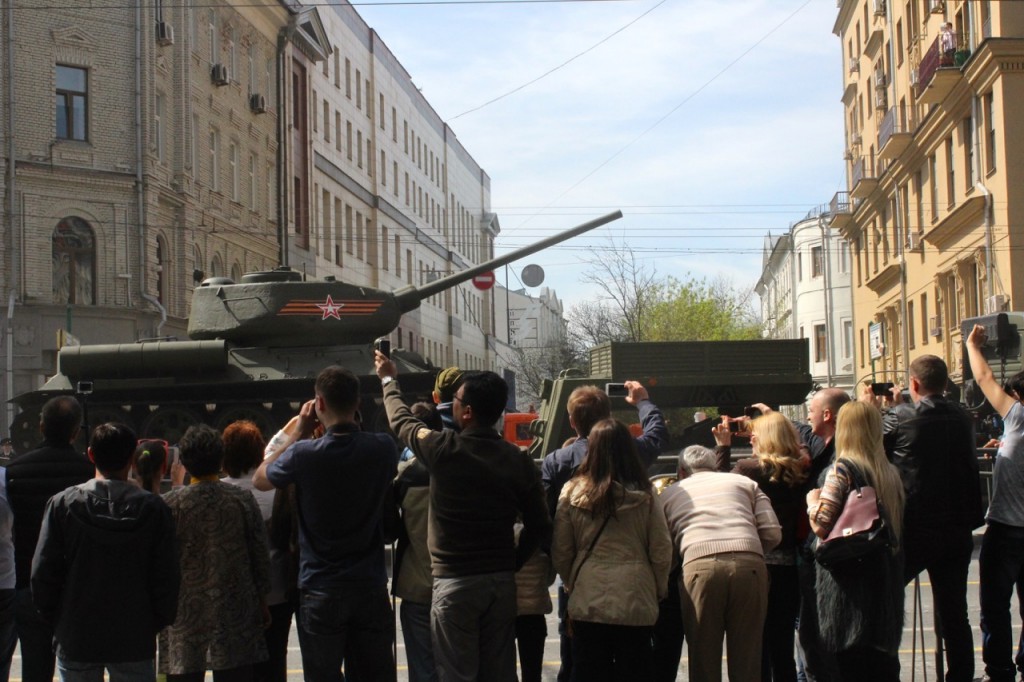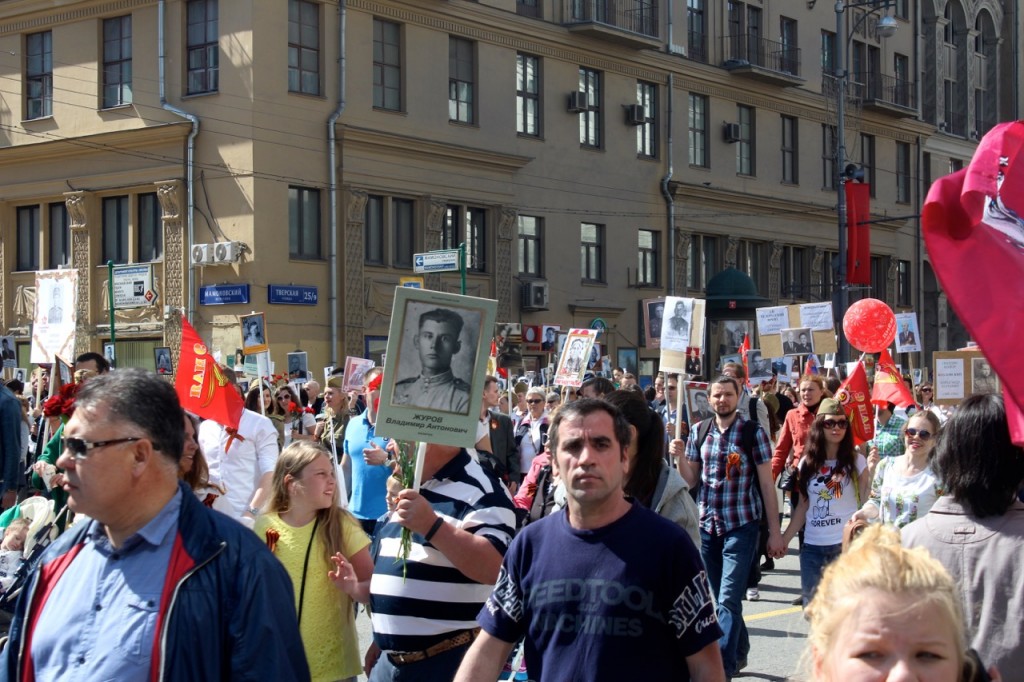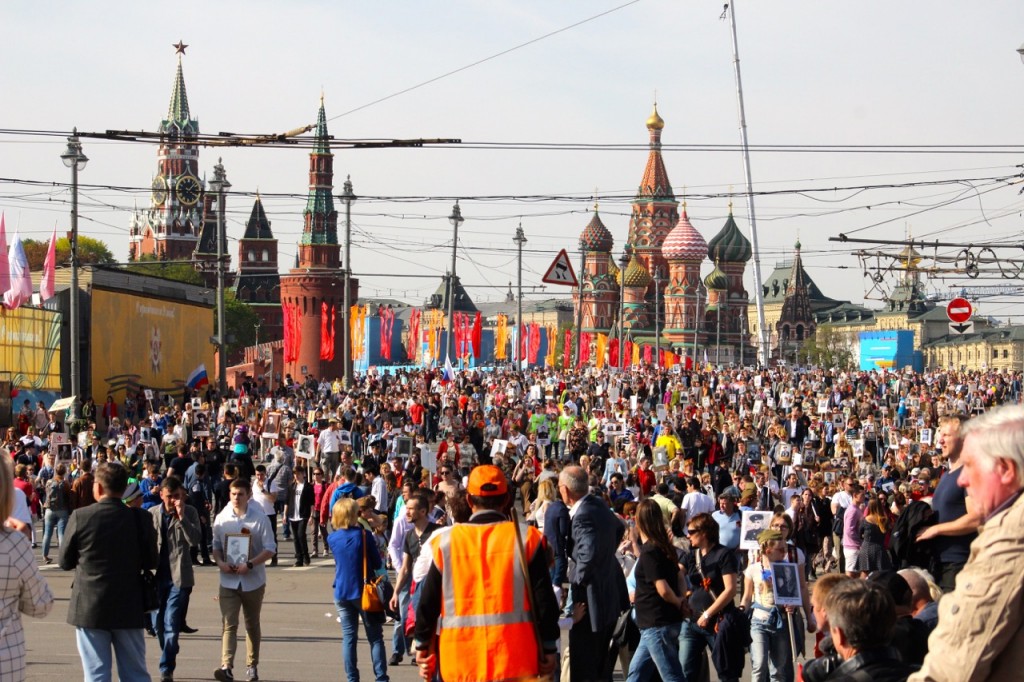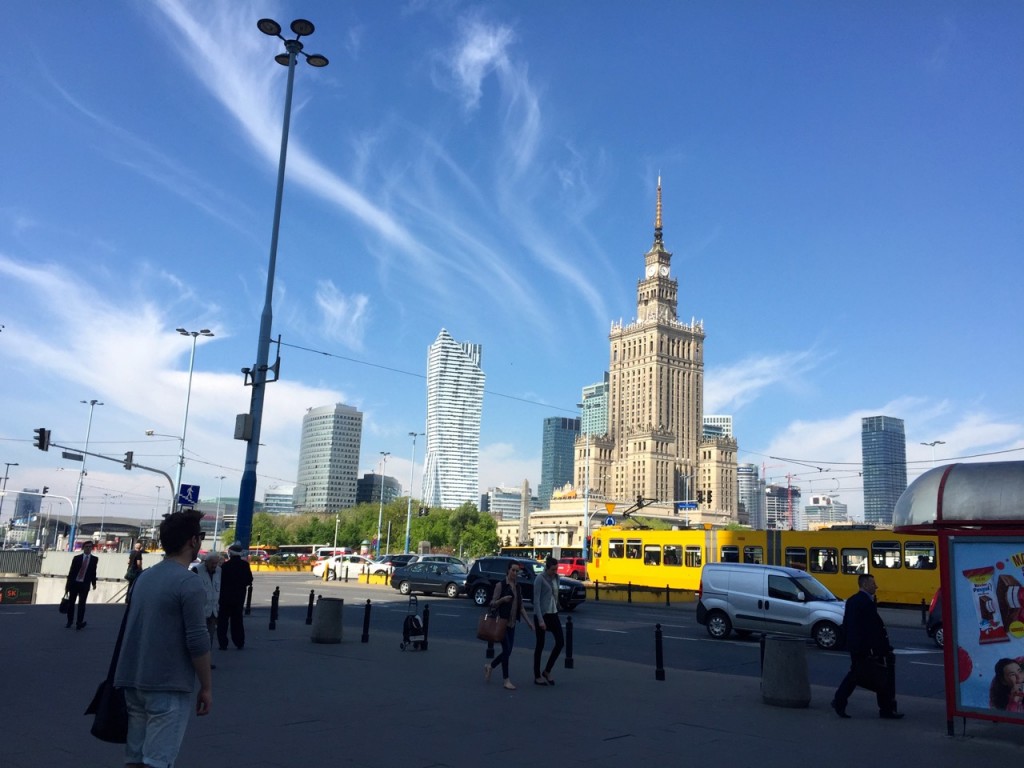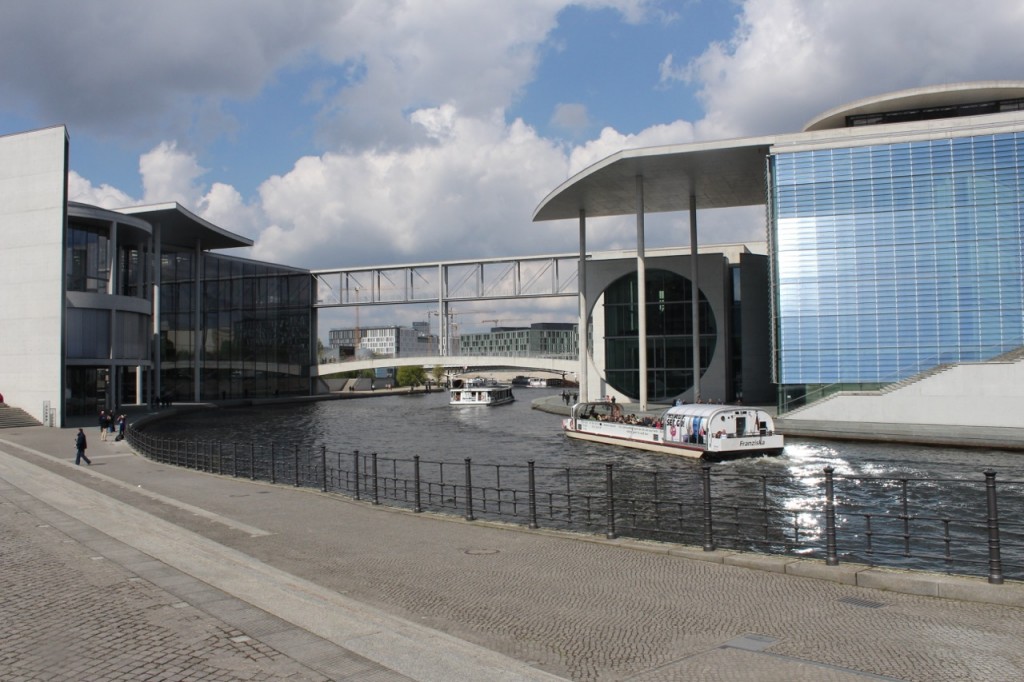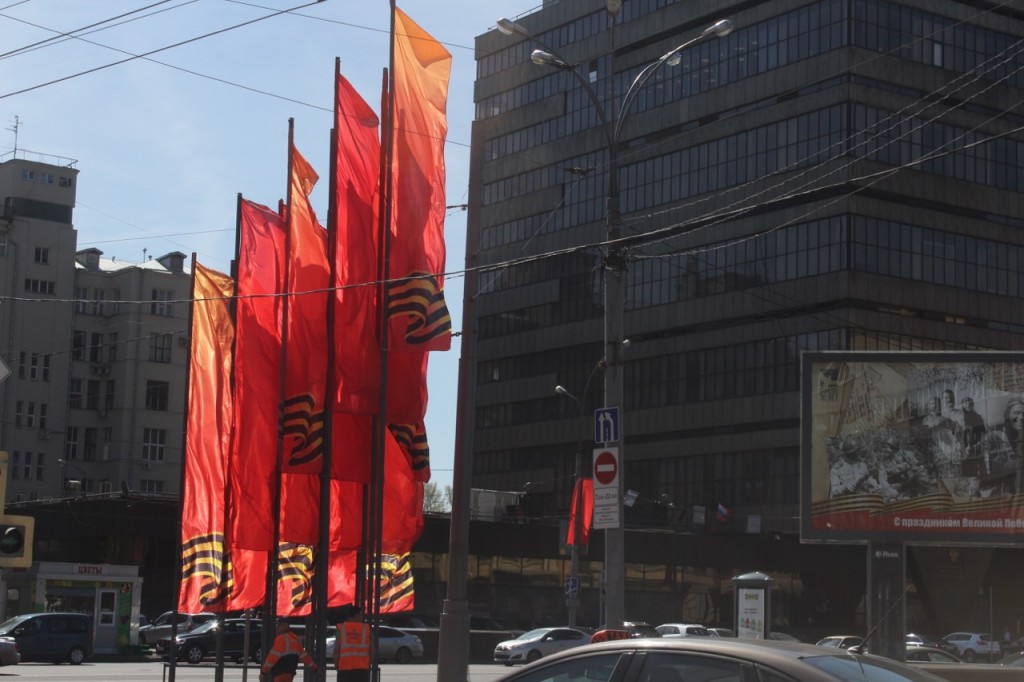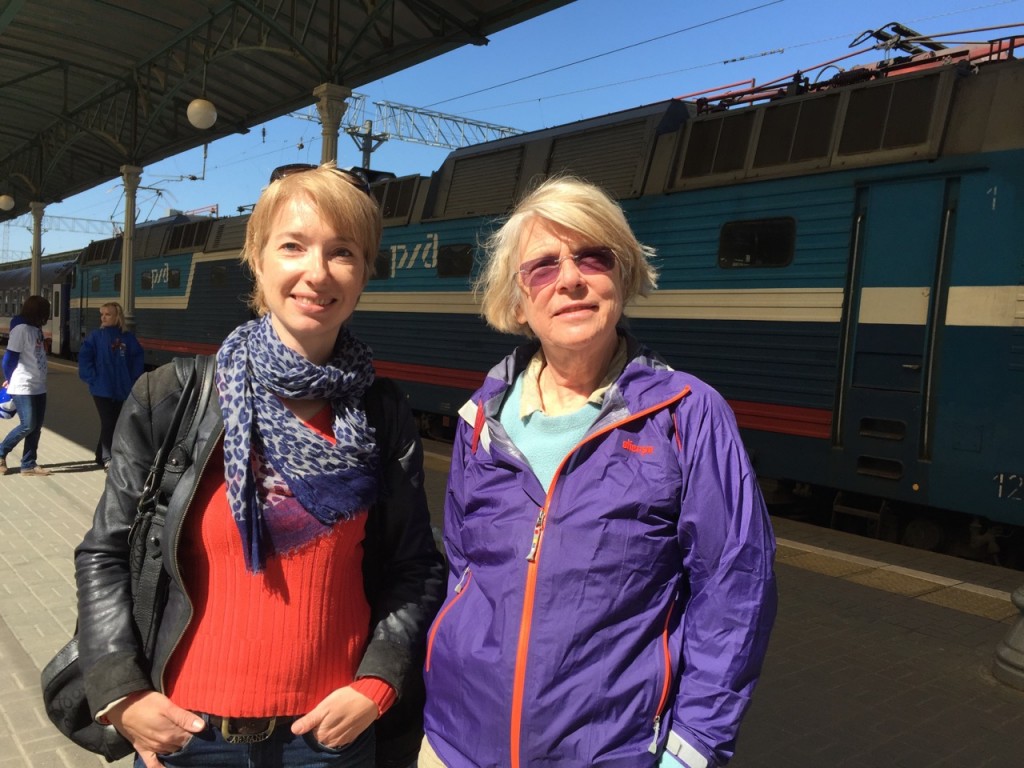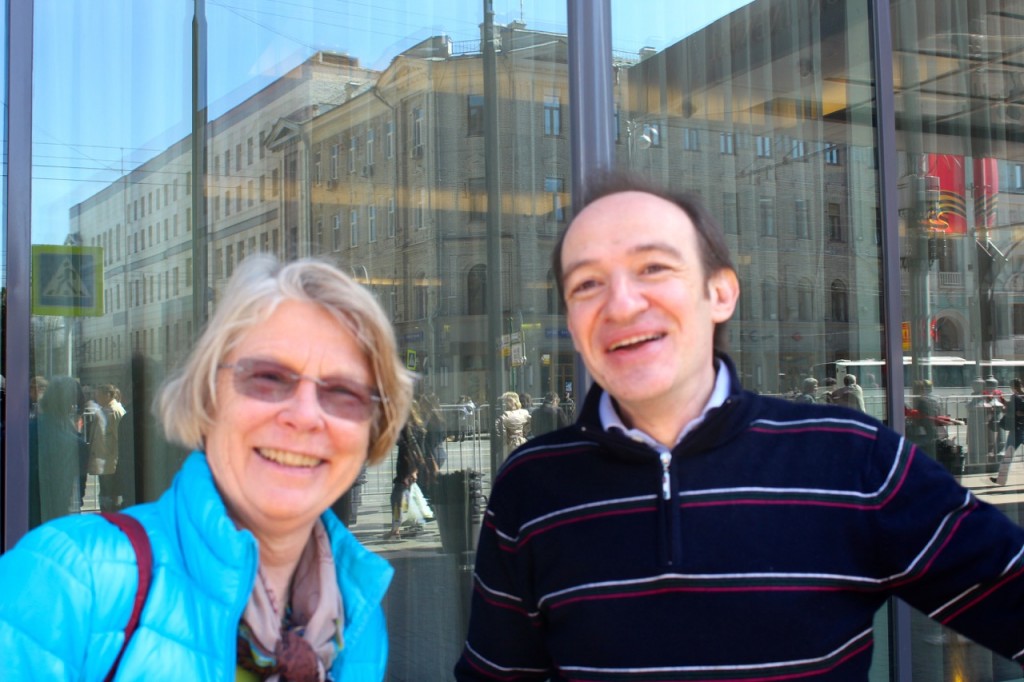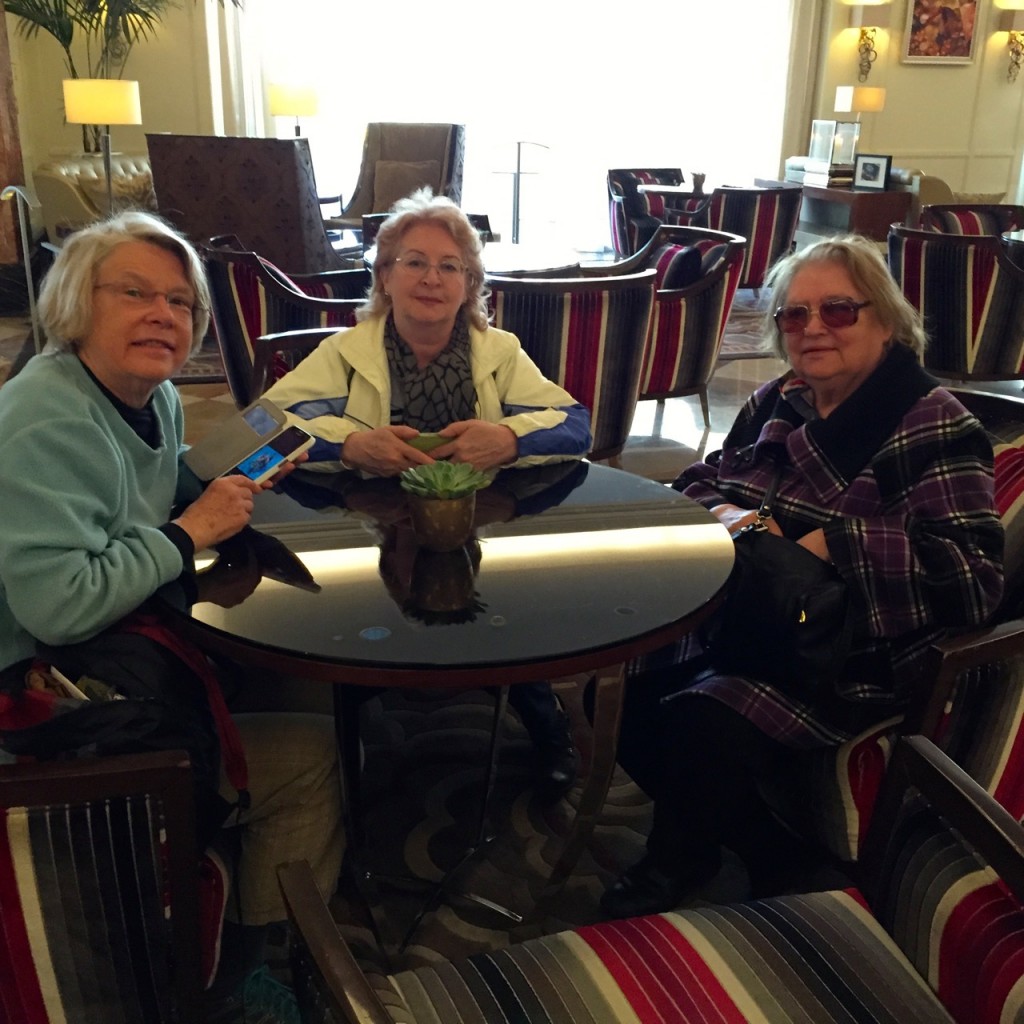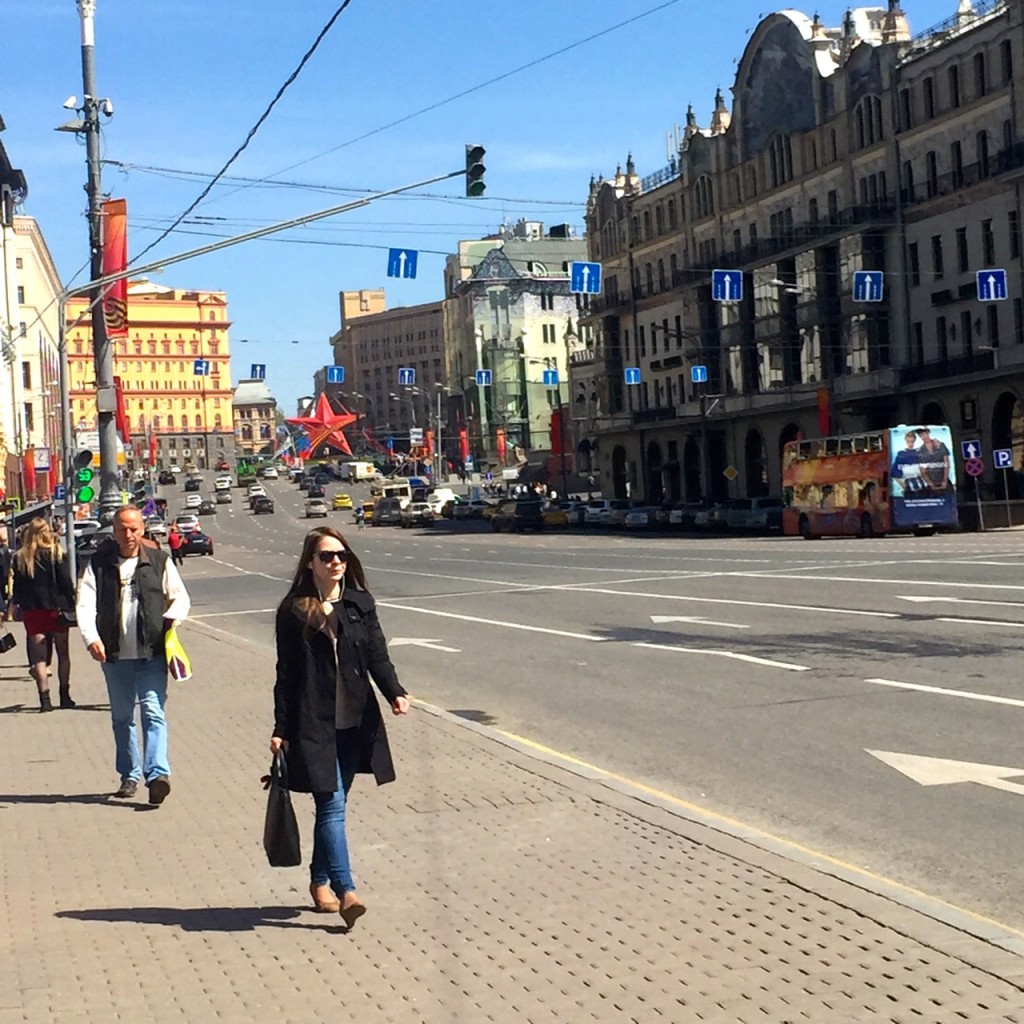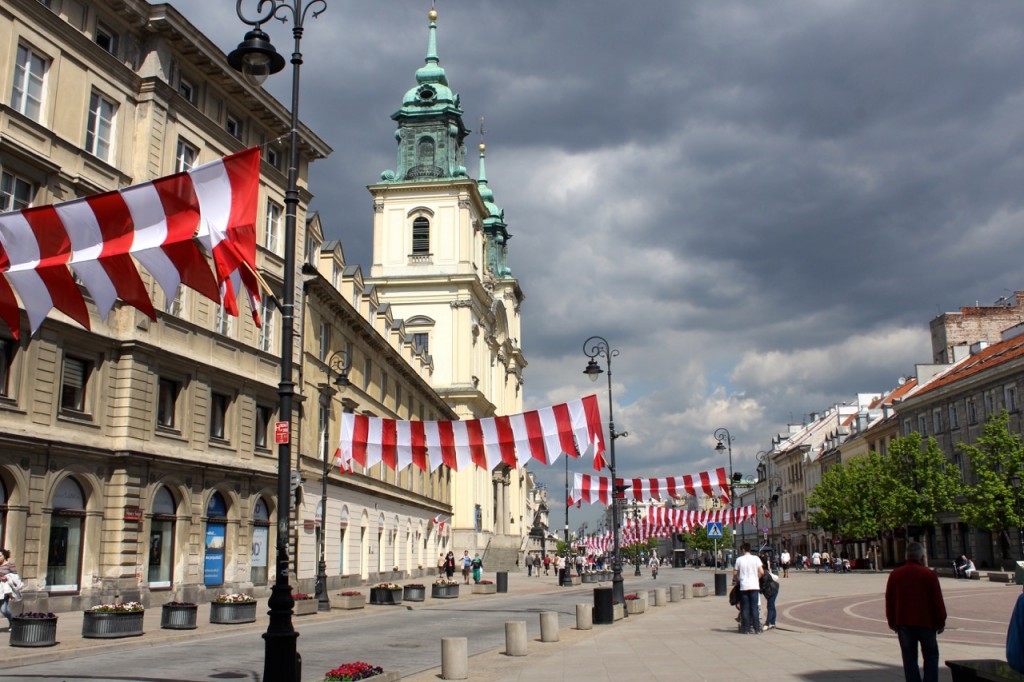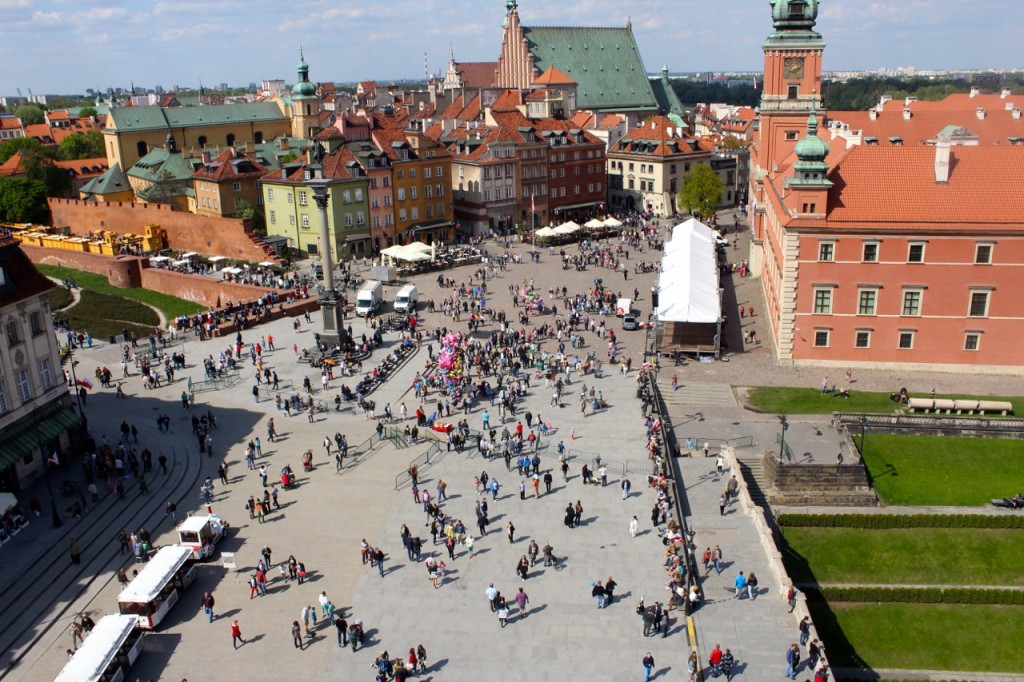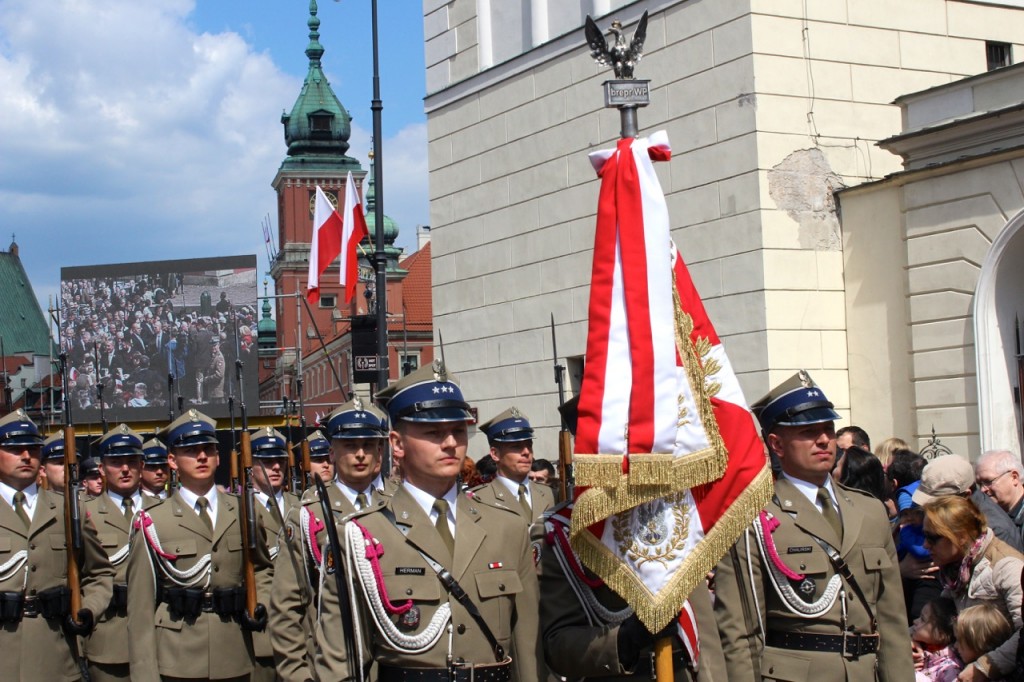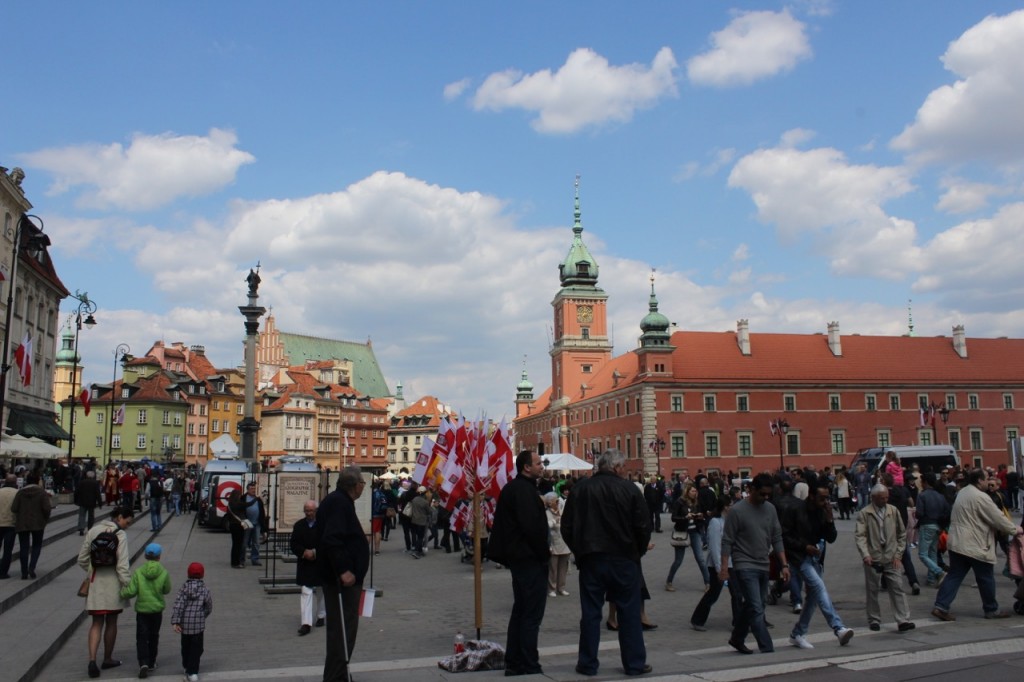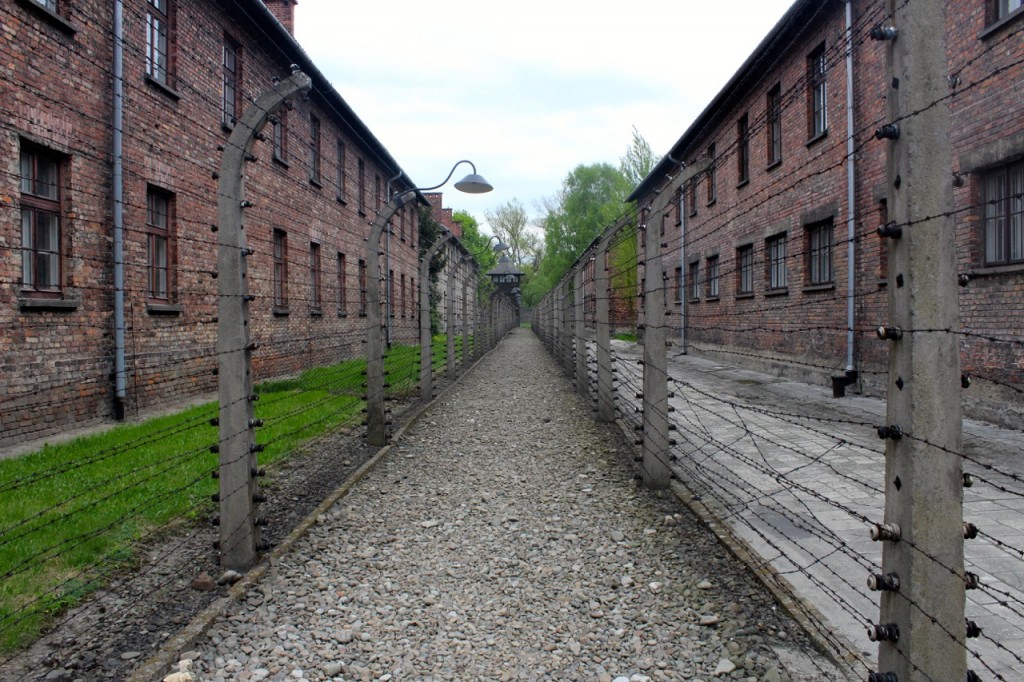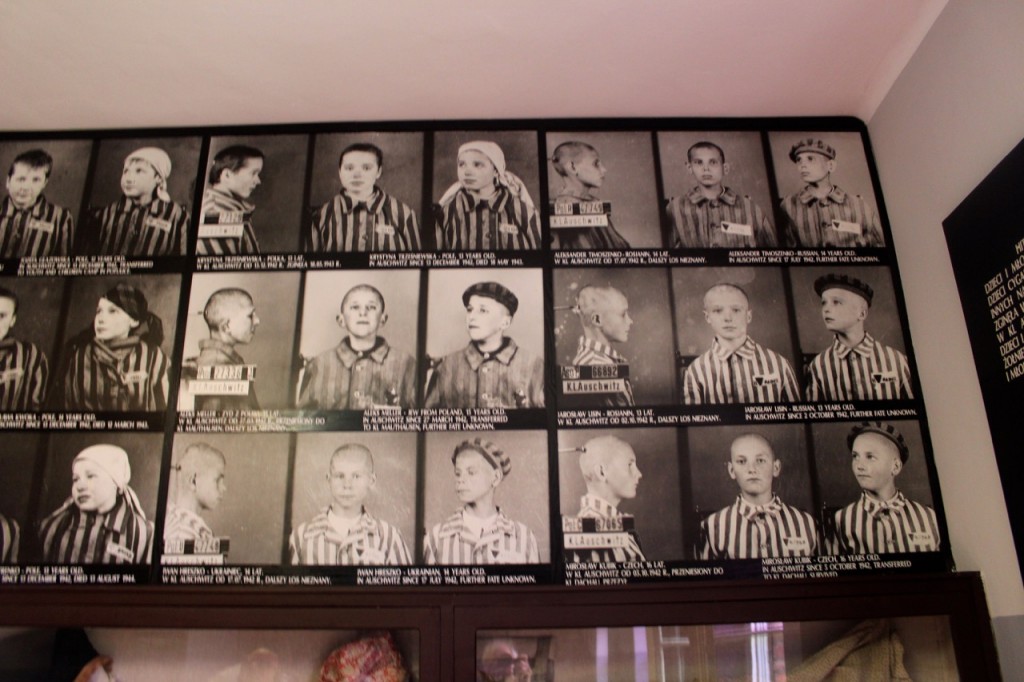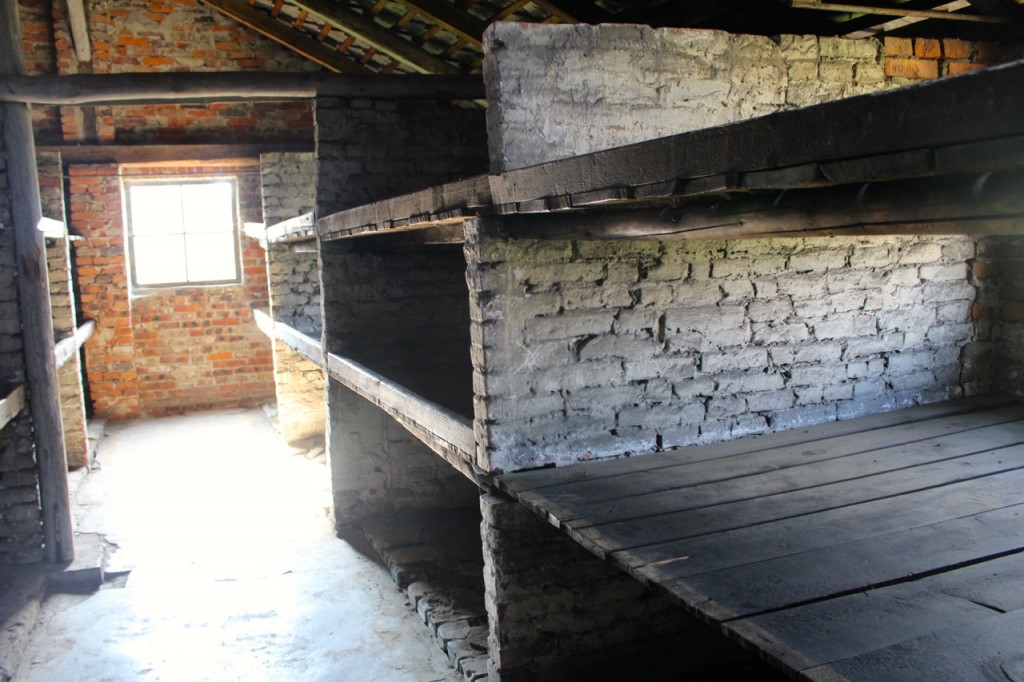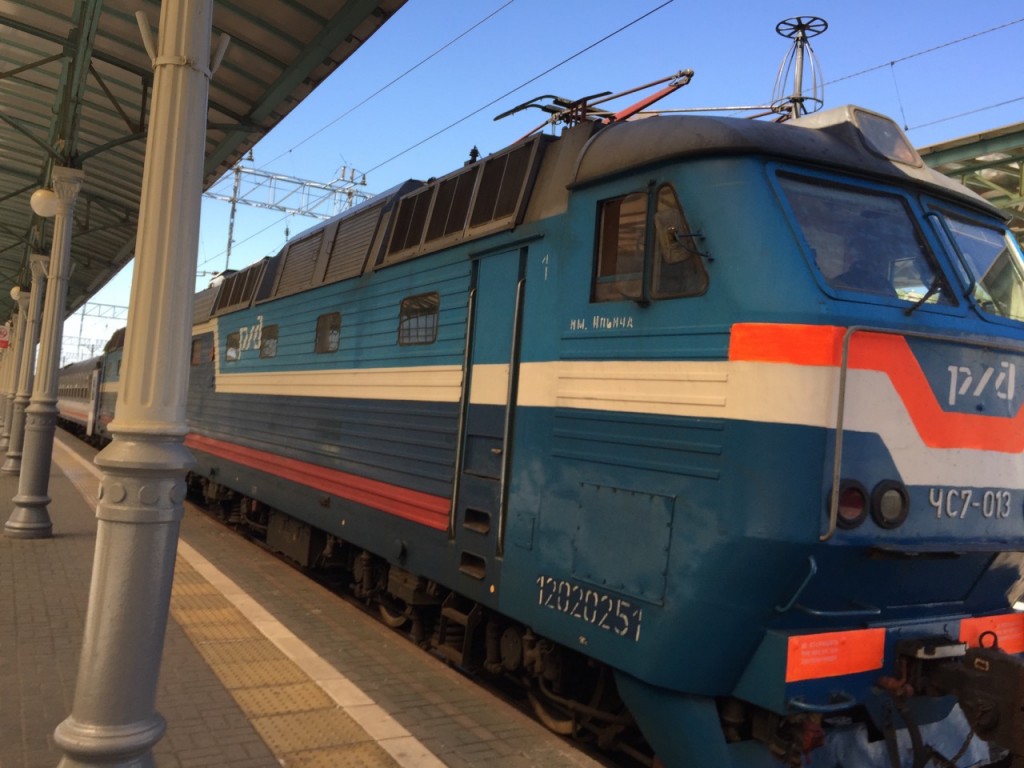May 16
Irkutsk
We have just completed a fabulous tour of Irkutsk where we heard a music presentation by extraordinary opera singers and also visited a real dacha where we enjoyed a delicious homemade lunch. The dacha was fully winterized and lived in by a retired hydro engineer and his wife, who provide this service to tour groups as a small business venture. So it is not typical, but most of the dachas in the “cooperative” are; and while they aree a bit more modest than this one, they are in much better shape than those along the Siberian railroad. Our very excellent guide, Svetlana, has a dacha herself as does Ektratina, along with roughly 80% of Russians who live in cities (according to Svetlana). It would appear to be a fundamental ingredient of surviving the long winters and the ups and downs of living here. My advice to Putin: you can mess with a lot of stuff here, but you mess with dachas at your own risk.
So what else are we learning about Russia as we head for Lake Baikal, the last stop before we get into Mongolia ? Here are some observations:
- It is a big country. Ok, you knew that already, but when you are on a train and see the open space mile after mile after mile, you begin to get an idea of what big is, and we are only just over half way on our Siberian journey.
- Much progress has been made since our last visit in 1993, but there is still a long way to go. Moscow is totally a different city and unrecognizable to us from what we remember in 1993. While we did not visit Kazan, Yekaterinburg, Novosibirsk or Krasnoyarsk in 1993, they have enjoyed revitalization as well. New skyscrapers and modern buildings dot the cityscape, tower cranes are numerous, and shopping malls and upscale stores are everywhere. Restoration of old buildings is in progress. Cities are generally clean and have much less graffiti (Hurrah!) than Western European cities though when asked why, people just say “police.” Old buildings—some decrepit—have not disappeared, but overall the four big cities we have visited–all over one million people– seem generally healthy.
Not so with the villages. If anything most along the Trans Siberian railroad seem in worse shape than in 1993. Few roads are paved. Tin roofs remain on most houses, many of which seem on the verge of collapsing. Many villages resemble the old shanty towns we used to have in the South and still have in Appalachia, or the African villages and informal settlements of today. It is not clear how many houses have running water, but there are surely a lot of outhouses around, so probably not many.
Near the larger cities there are also communities of dachas, which are not to be confused with “villages” since they serve as second homes for weekend escapes and vacations. (Dachas supposedly do not have chimneys and that is supposedly how you tell the difference.) However, many of the dachas look a lot like the villages and are in similar condition. (What I did not know is that the big surge in the construction of dachas occurred during the early stages of Communism when land was given away in order for people to build homes and grow their own vegetables as one way of dealing with the food shortage.)
Crossing Siberia in 1993 and crossing it again today leave one with the same impression: Russia is still in some respects a Third World country.
Yet our guides caution us that the villages that we see from our train are not representative and generally are there to house people who maintain the railroad tracks. Other villages are superior. The “dacha cooperative” we visited today was definitely in better shape and actually very modern and comfortable.
- While there is nostalgia for some aspects of the past—particularly the safety net and relative economic security—I can’t see the country returning to Communism. As the saying goes, “That train has done left the station.” Too much has changed. Putin’s actions are nationalist, not ideological. No one we have talked to or heard about is talking about destroying shopping malls or skyscrapers or outlawing Chanel or Louis Vuitton or cut off jeans.
- There are also many other differences between Putin’s actions now and the Communist system. One is the role of church and state. The Communists were atheists, required people to sign atheist “creeds,” and destroyed or converted tens of thousands of Russian Orthodox churches to other uses. Most of the Orthodox clergy were executed or became political prisoners in gulags. Under Putin, the church is back big time. The Russian government has spent billions of rubbles restoring or rebuilding Orthodox churches destroyed by the Soviets and has even financed construction and restoration of mosques and upon occasion synagogues. You could argue that this is simply a way of controlling or taking over religion, which could well be the case. Just like the old days when the czars ruled Russia, church and state now show signs of appearing pretty close. For the moment this seems to be working and has helped enhance Putin’s popularity. For the long term, when the church and the state become too close, it usually spells trouble.
Also under Soviet rule, tens of millions of Russian citizens were murdered or imprisoned in gulags. Under Putin there have been mysterious deaths of oligarchs and reformers, but very few; and our guides and the various people we have talked to seem to speak freely and do not hold back on their political views.
The guides also openly describe Stalin’s “reign of terror” and cite the statistics of 15-20 million murdered while he was in power. Some leaders, like the Mayor of Kazan, remain critical of Putin, yet have not been squelched. We have not had the impression that we were being watched or followed though some would argue I am naïve about such things. For us, however, Russia does not feel like a dictatorship or totalitarian state.
- The Russian people are tough. They survived the czars, the two world wars, which took the lives of millions, the reign of terror under Stalin which took many millions more. Nothing like this has ever happened in the US. Yet they keep going and are proud to be Russian. Here in Siberia they also endure weather that seems intolerable—highs in the summer of over 100 degrees, lows in the winter of 20 below or lower. These Russian people are strong and resilient.
- Russia is diverse ethnically. There are something like 140 ethnic groups in Russia, representing about 20% of the total population, and most people say that that ethnic diversity is now respected.
- The Russian view of Putin is very different from the Western view. His popularity is real, not some concocted poll. The reasons have little to do with ideology but with what he is perceived to have done for the Russian people. He has restored the pensions, which had been reduced to practically nothing. He has been present at the site of natural disasters and provided funds for relief. For a good a while, strong oil and gas prices were lifting most boats, and he got credit for that. He has rebuilt churches and mosques. For these actions he gets high marks from most Russians .
Many here even see the Crimean intervention and Russia’s role in the Ukraine as justified and reasonable. Almost everyone says only a ruler who is powerful can hold Russia together; and if not Putin, then who?
- Ironically while Putin is perceived as the strong man who is right for Russia, several people we have talked to believe that behind Putin there may be an invisible force which is really calling the shots. They suspect remnants of the KGB or oligarchs or some combination of the two. As the saying goes, just because you are paranoid does not mean people are not out to get you.
- Just as we are learning more every day, every day the complexities multiply, and it seems harder to make generalizations. I am reminded of the comment about India: stay three weeks and you know it all; stay three years and you know nothing. The last local guide said, “If there is one thing that I want you to go away with it is this—that generalizing about Russia is very dangerous. This is a large and complex country with differences by region great and small.”
Ekatrina, our primary guide, said this today at the vodka tasting as our train chugged along toward Irkutsk: “ Russia has always been multi dimensional. The Russian government and the Russian people are not the same. They have always been separate and always will be. But the Russian people are great. We are survivors.”
WiFi is limited as we get deeper into Siberian and there is no telling when we will find a hot spot next. Maybe Ulan Bator in Mongolia in five days. Stayed tuned.
